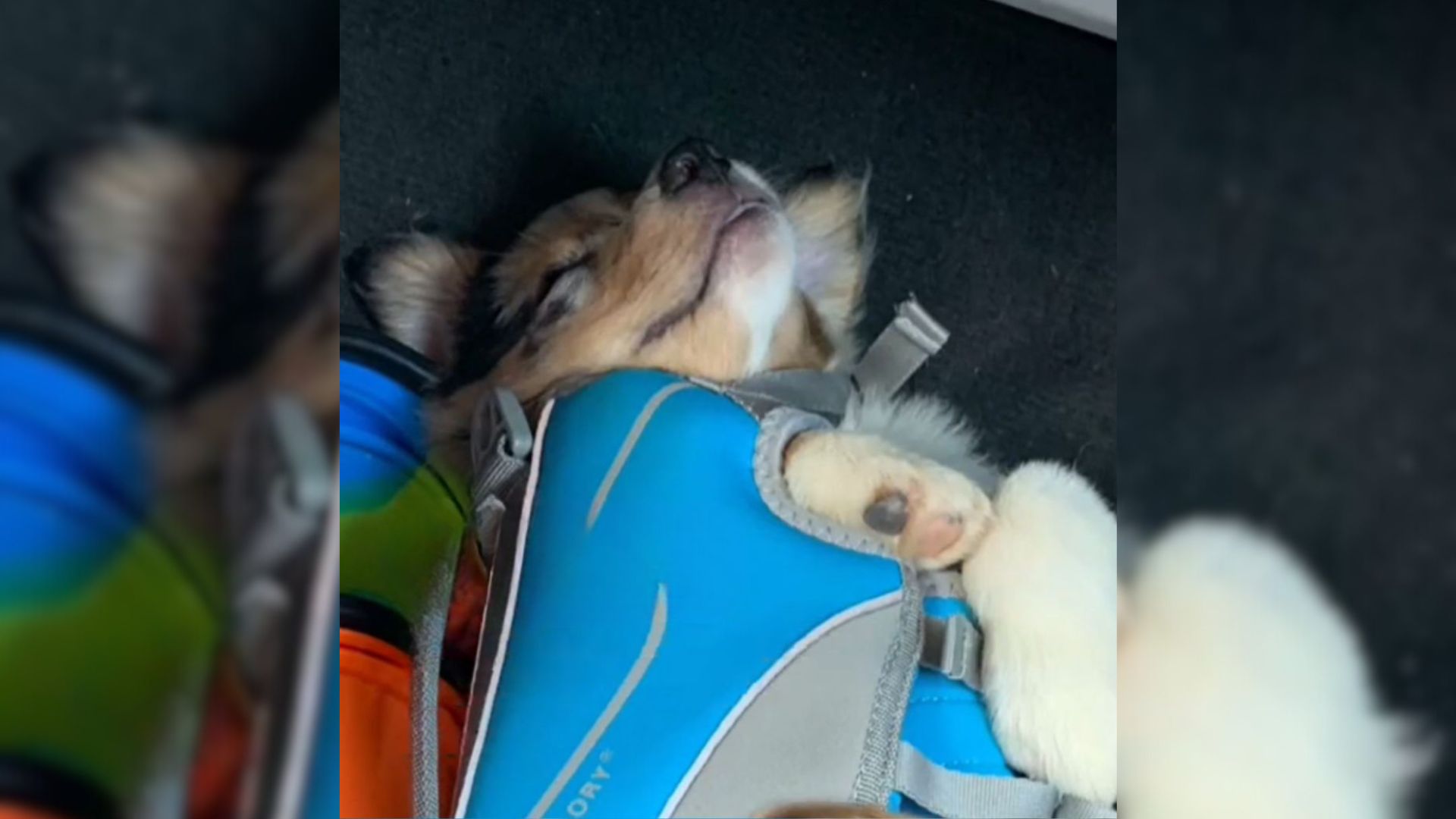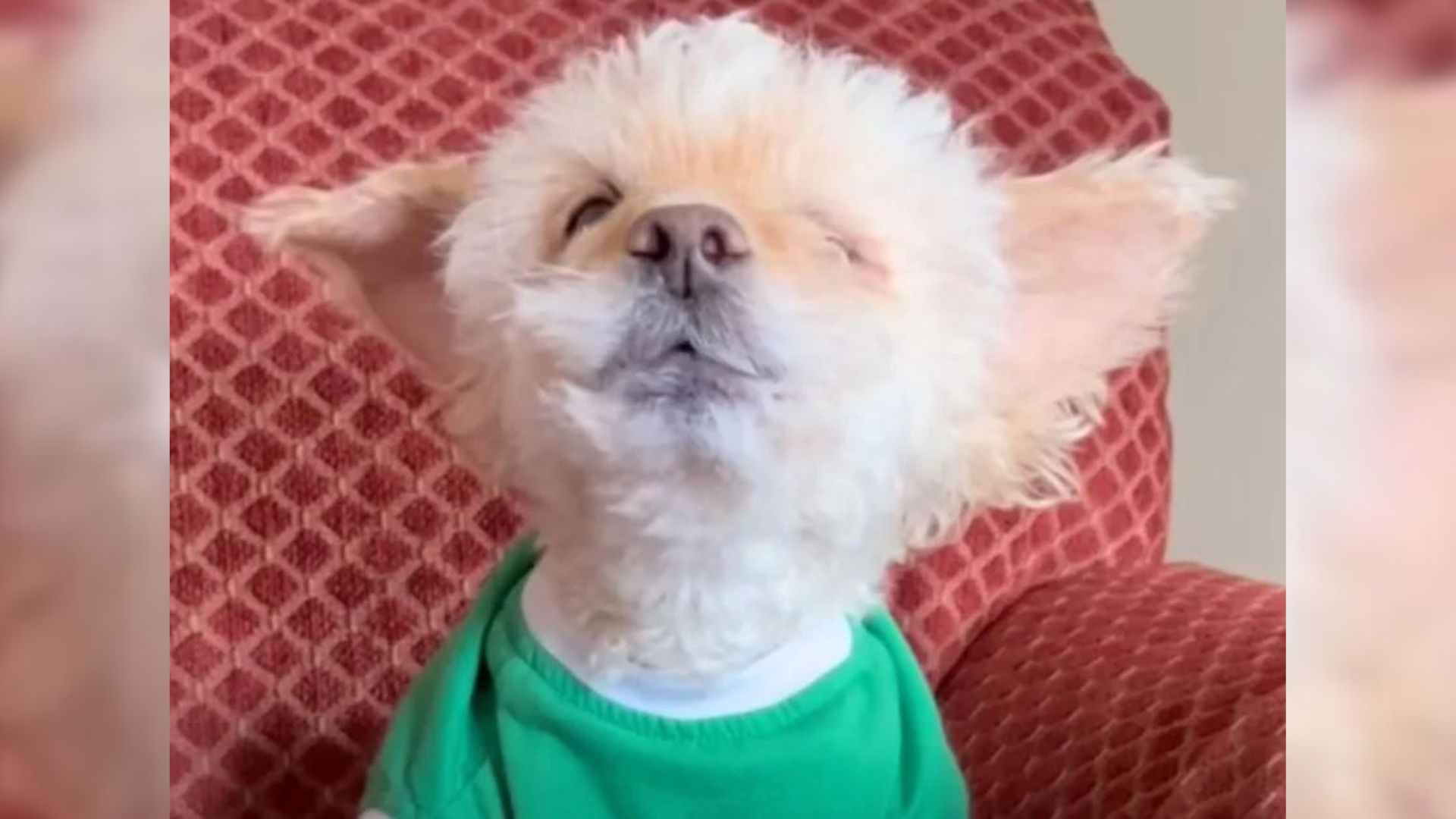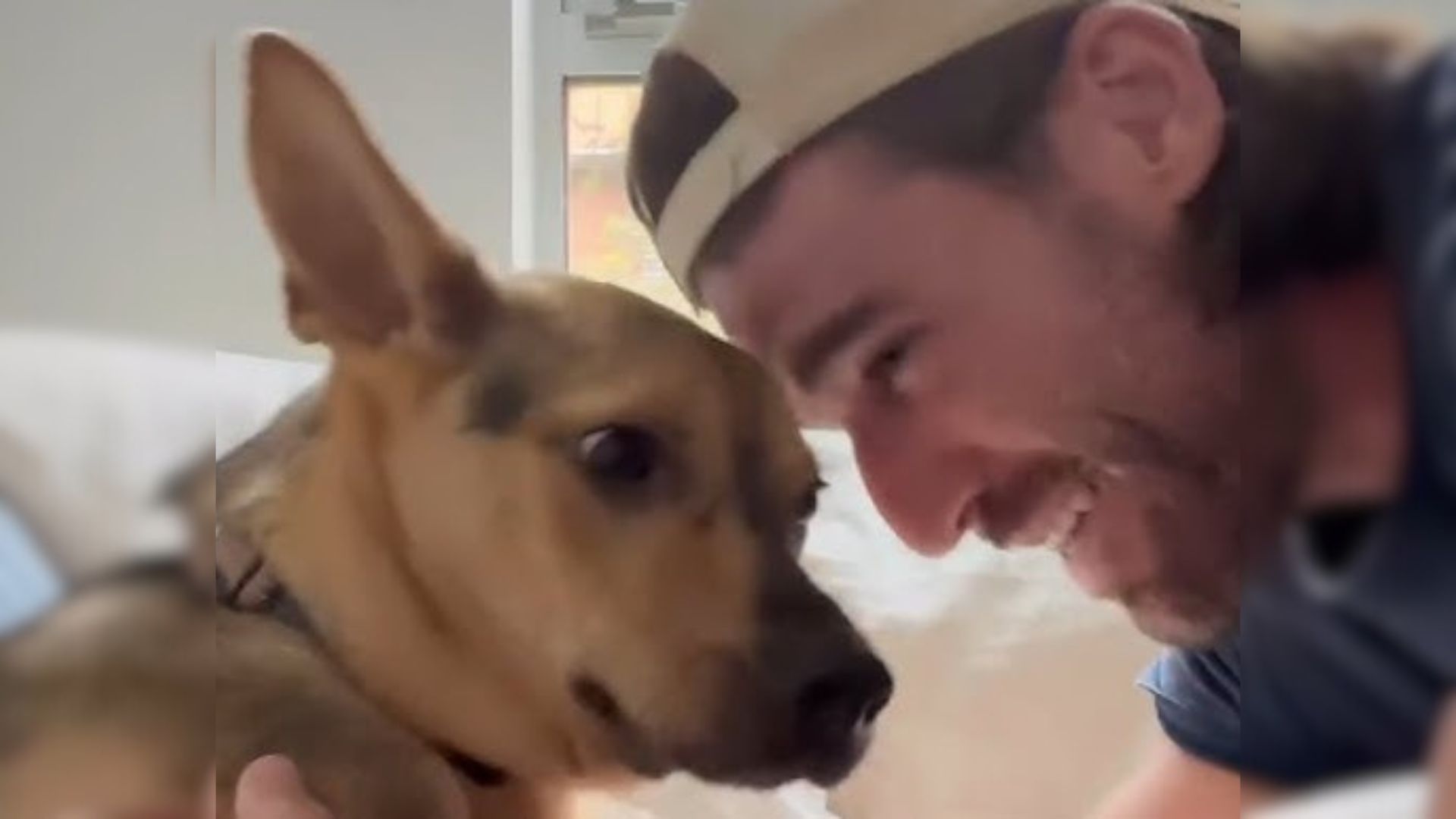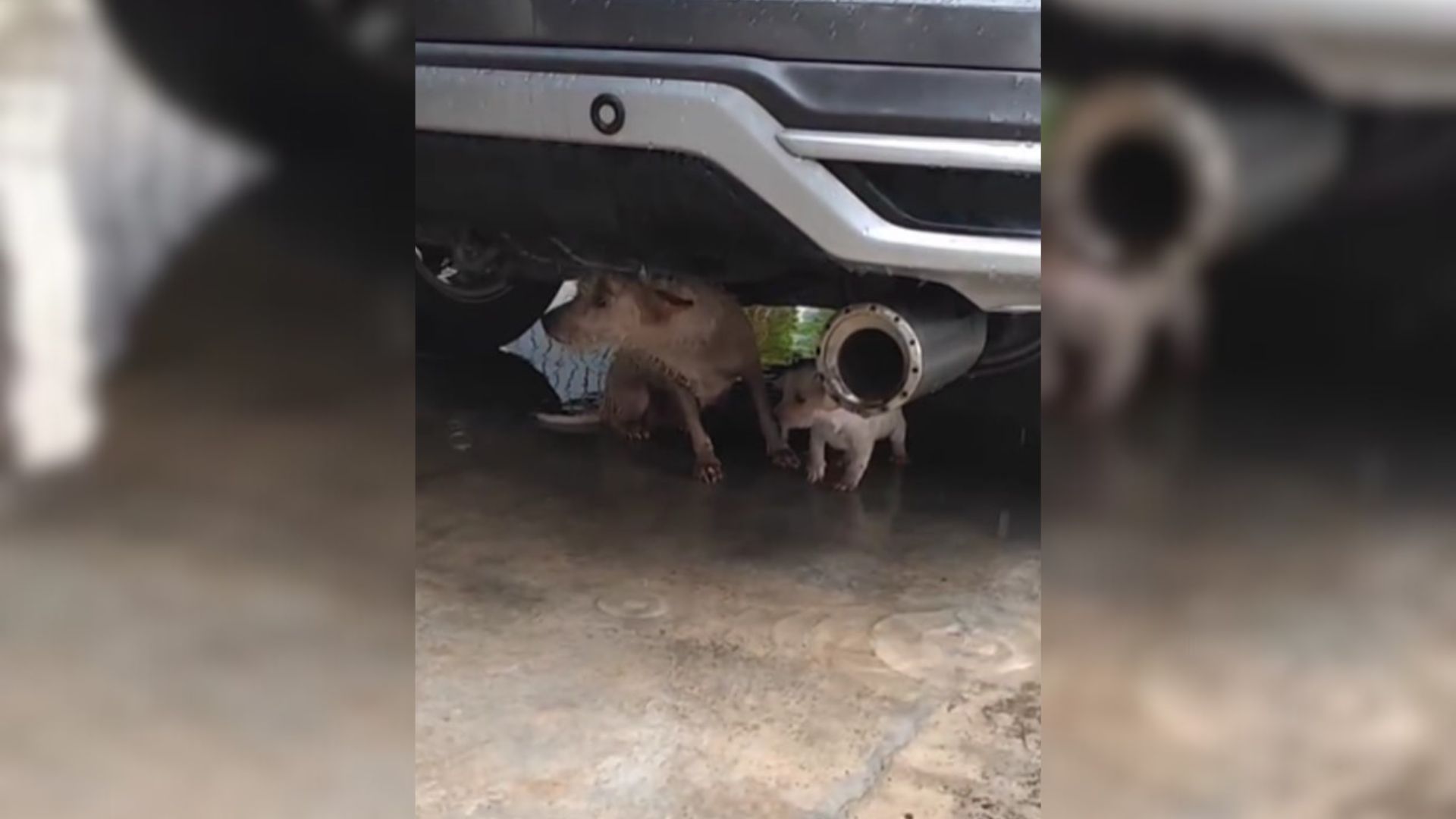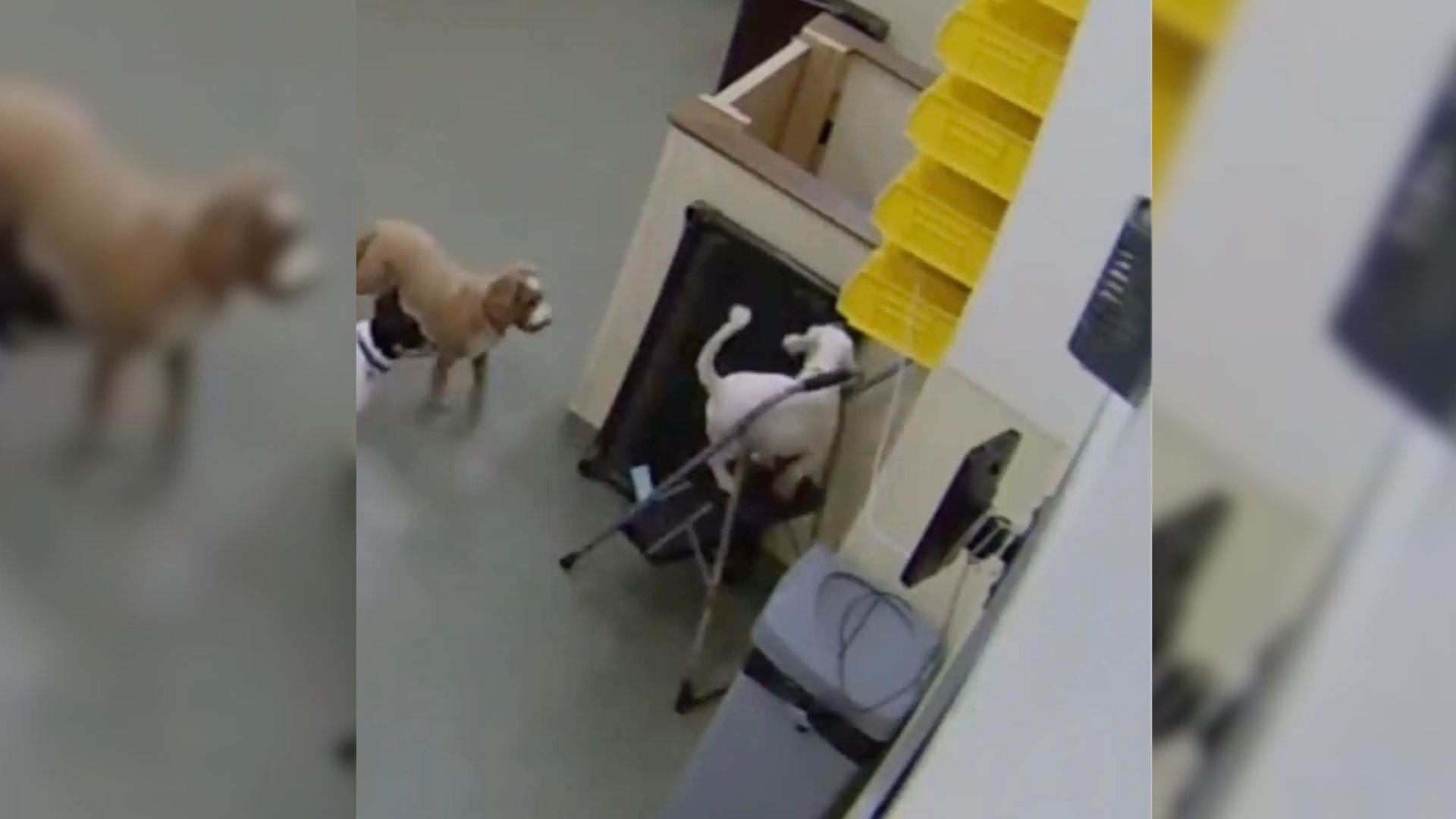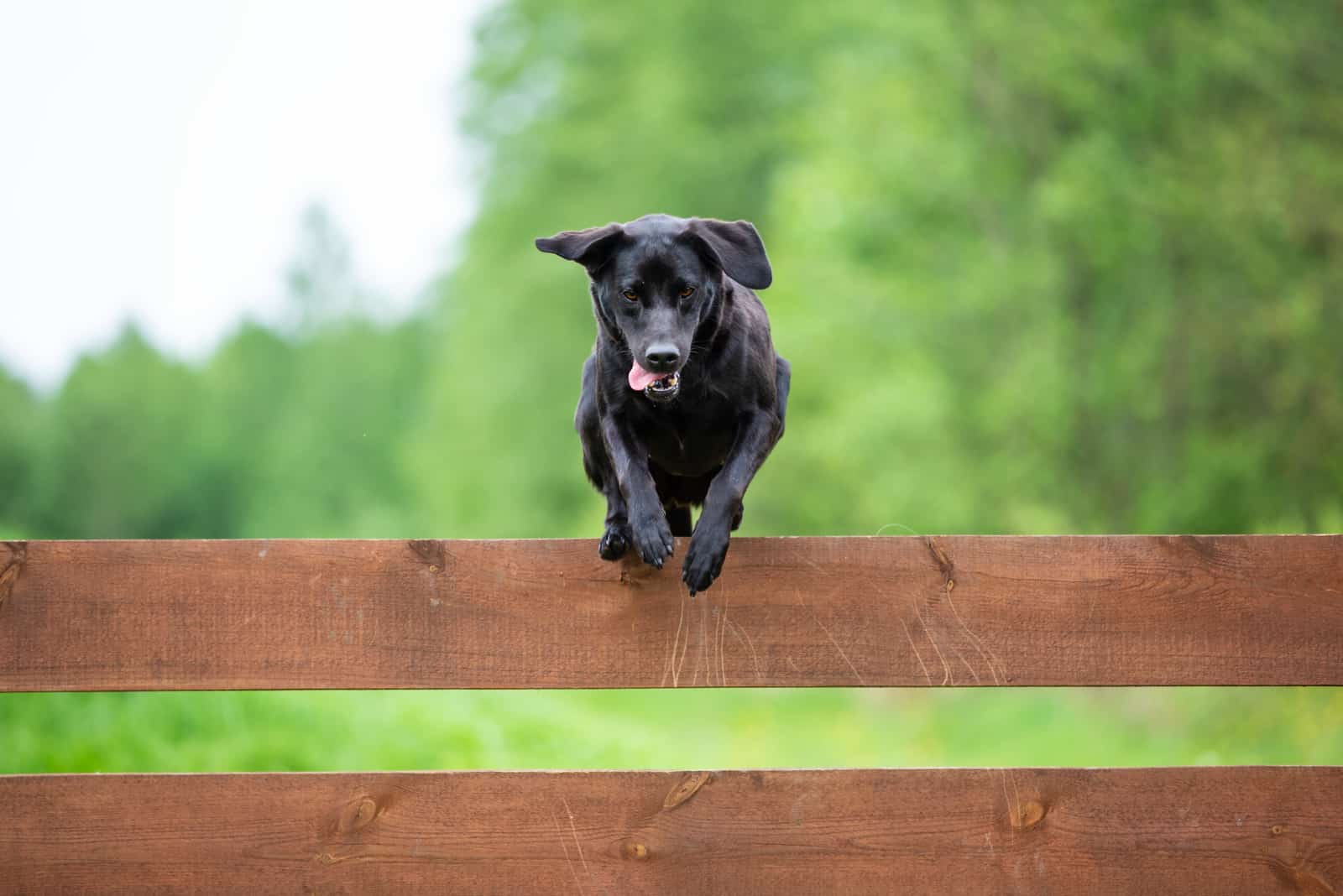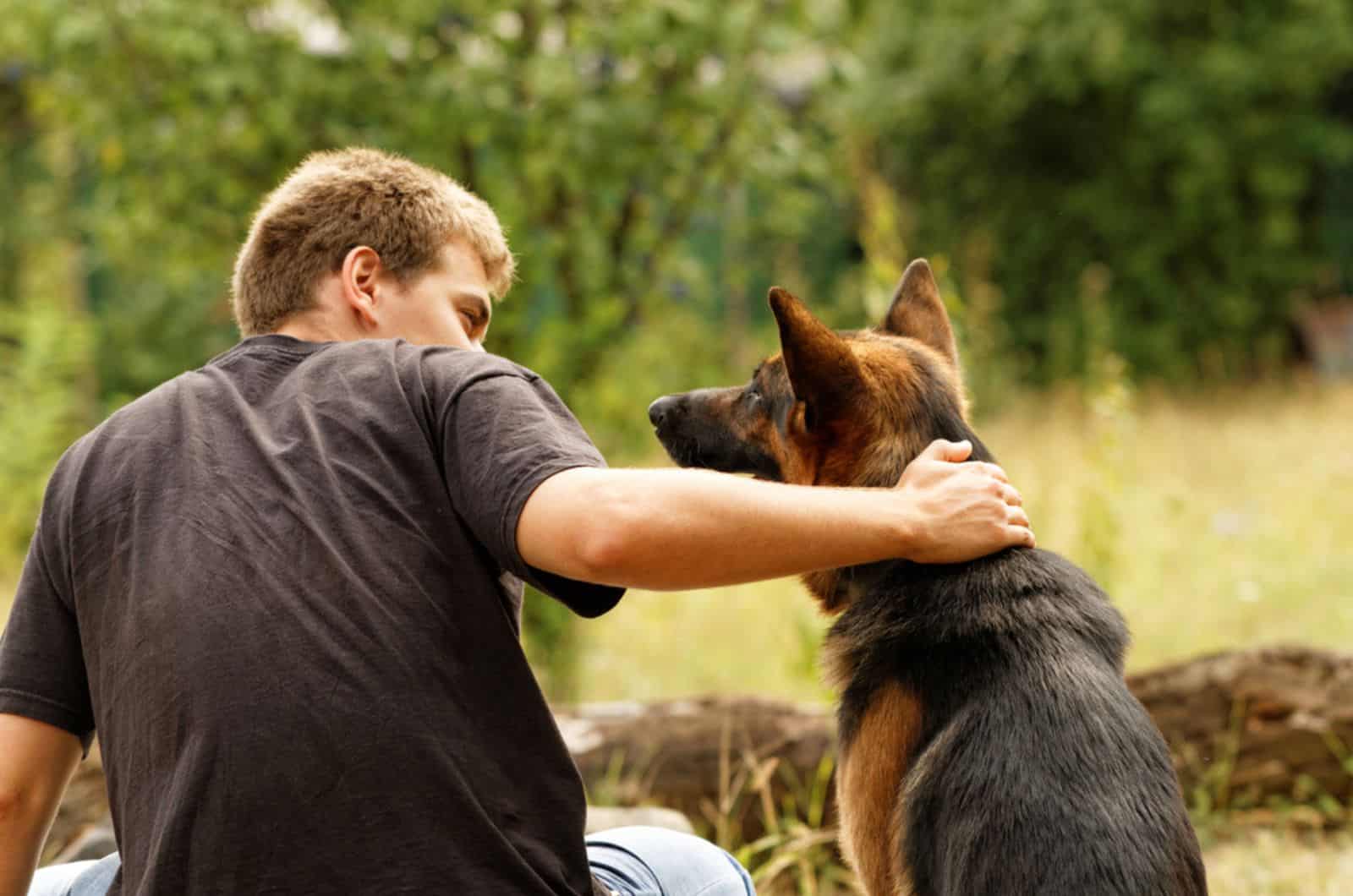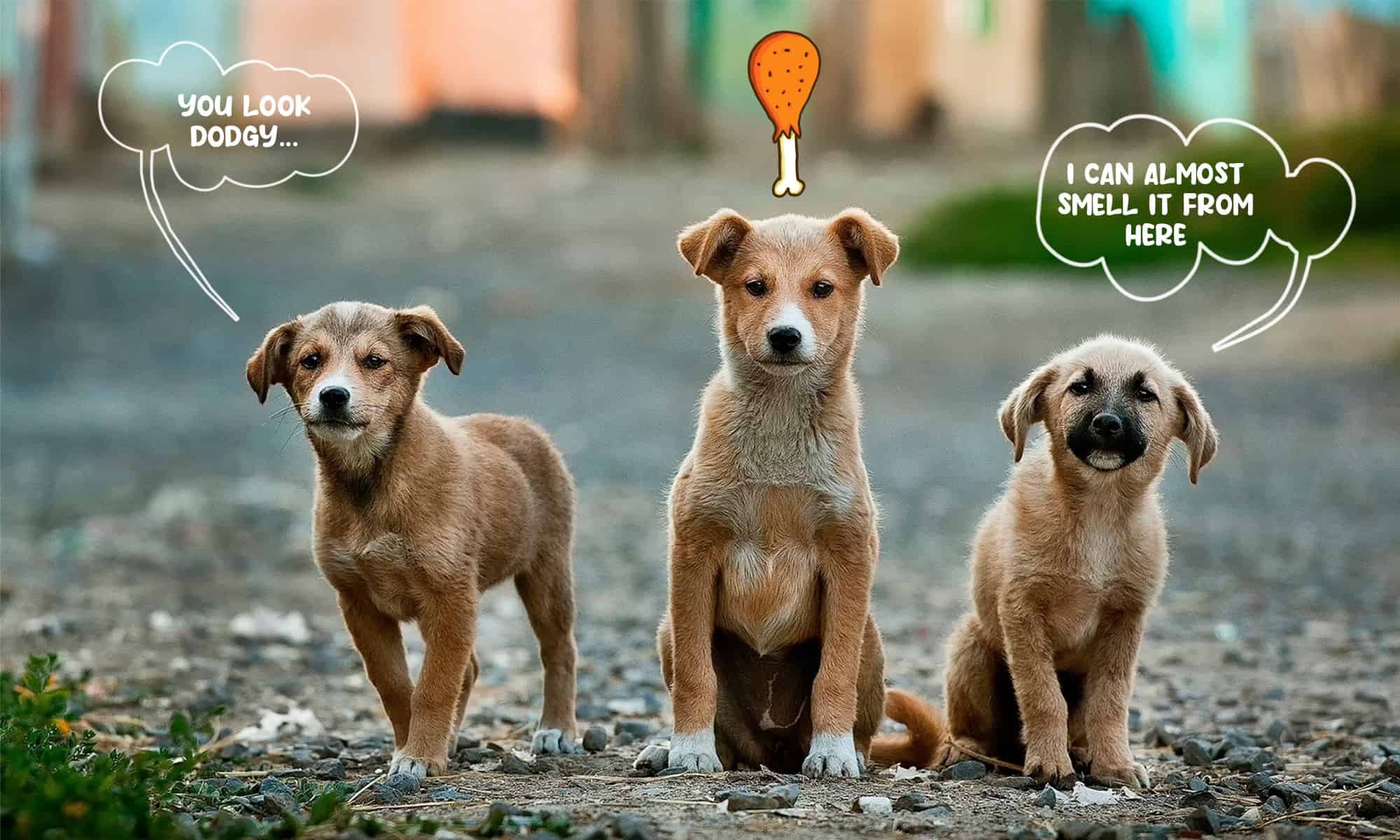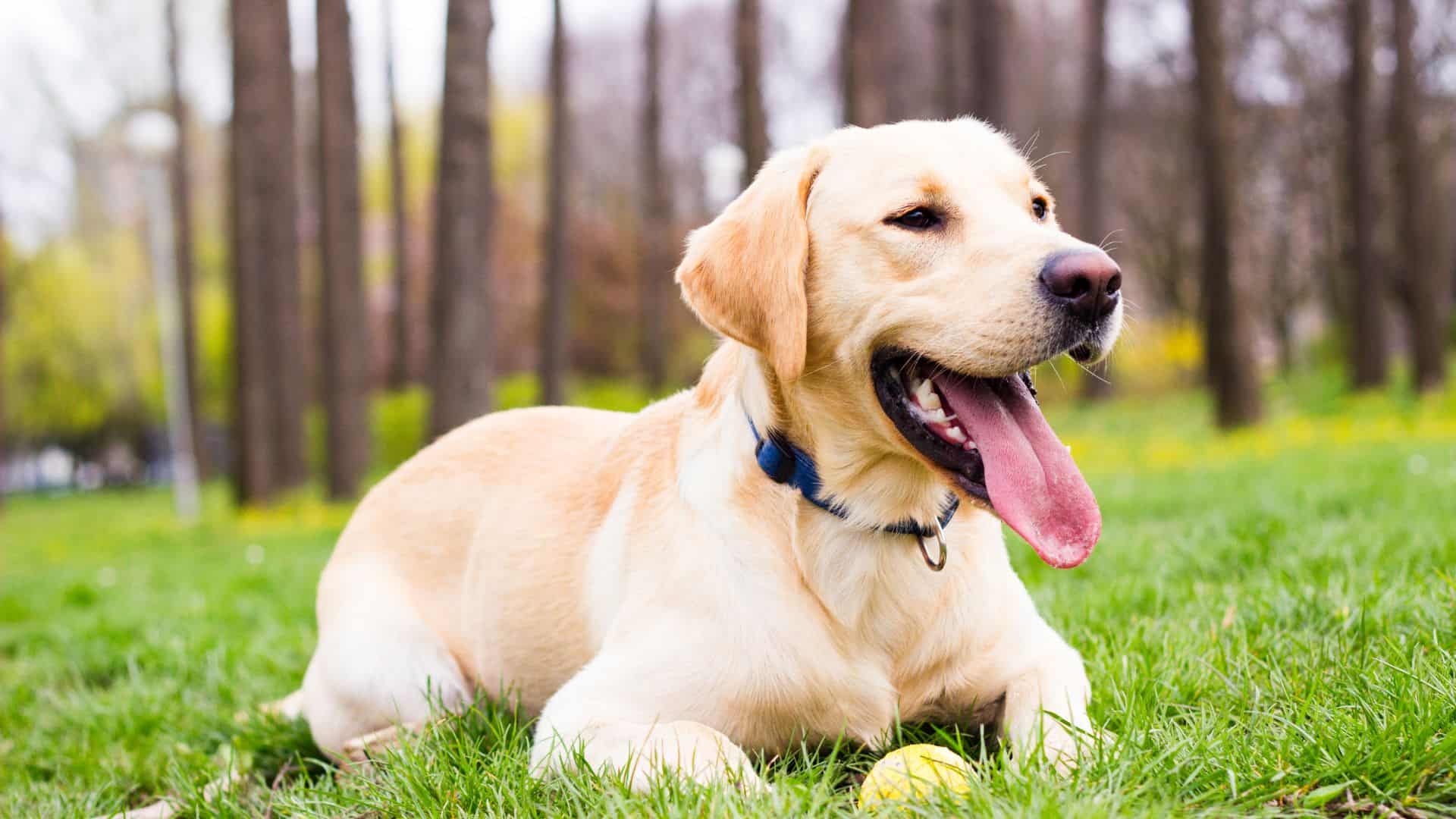I remember the first time I saw my GSD wagging his tail in his sleep. I was just getting cozy in my bed… you know, starting to count sheep, when I heard a loud thump.
And, another one.
And then, another followed.
I got up to see what that noise was all about, expecting to find someone at the front door, but then I stopped in the middle of my bedroom.
There he was, my German Shepherd, sleeping soundly with his bottom out of the doggy bed, wagging his tail like he was looking at a treat.
I called him quietly because I was a bit freaked out, but then I saw he didn’t react because he was deep asleep. That’s when it hit me: he’s probably dreaming and I should let him be.
Bear in mind that was quite a while ago, and it was my first dog.
Of course, I immediately went online and Googled if that was normal behavior.
Here’s what I found and here’s what further years of reading and exploring dog behavior brought me!
Is It Okay If My German Shepherd Wags Tail In His Sleep?
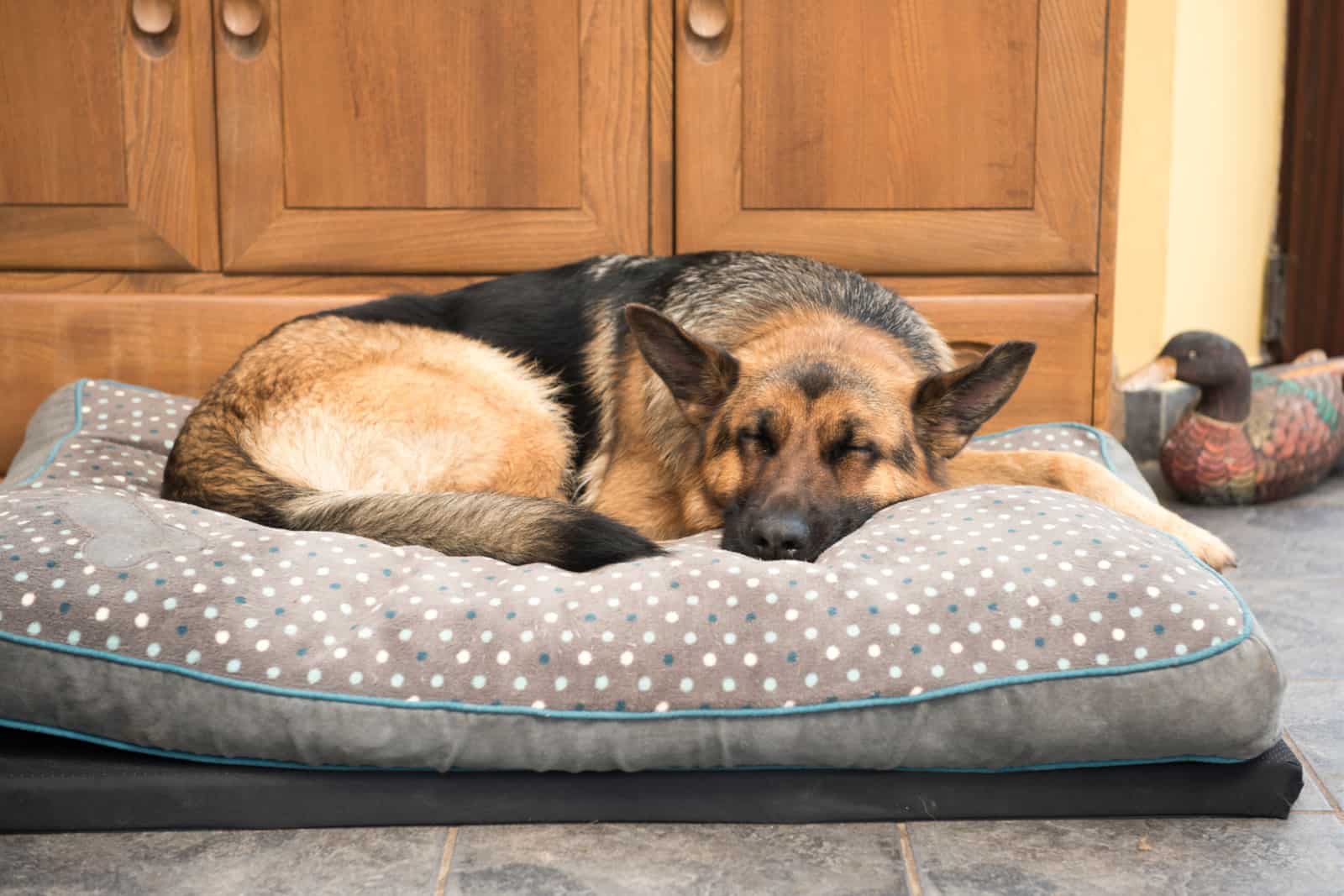
Don’t worry… it’s absolutely fine if your German Shepherd wags his tail in his sleep.
This is completely normal canine behavior, and it doesn’t depend on the breed. In other words, all dogs (with a tail) can wag it while sleeping.
I understand that everyone’s first reaction would be to wake up the dog and check on him. But, that’s the last thing you should do.
You know what they say: let the sleeping dogs lie.
But, why exactly does this happen? Does it really mean your dog is dreaming of something?
Why Do Dogs Wag Their Tail In Their Sleep?

To understand why your dog wags his tail in his sleep, you must first understand how dogs sleep.
Well, that sounds a bit odd, but it’s truly something every dog owner should know.
Just like hoomans, dogs have their awake windows… REM sleep and non-REM sleep. But, it’s a bit different with dogs than with us, of course.
Whenever a dog settles down to sleep, its body starts to relax. You will notice that your dog becomes calmer and his breathing gets deeper.
Unlike hoomans, which need 90 minutes to enter the REM phase, dogs enter REM within 20 minutes of going to sleep. During the REM phase, the dog’s mental activity increases and he starts to dream.
Yes, dogs dream just like hoomans, and it’s an important activity that helps them process their emotions and experiences. |1|
Doggy dreams can be quite vivid. Your dog might start whimpering, twitching his leg, wagging his tail, moving his eyes back and forth, breathing fast, etc.
Those are all normal behavioral patterns, and they show us that dogs are living their dreams, experiencing them on a new level, and trying to process everything that has happened to them lately.
We can’t tell whether dogs are having nice dreams or nightmares. It’s impossible without any scientific research that might observe their brain activity. Even then, we wouldn’t be 100% sure if the increased activity and excitement was because of a nightmare or a pleasant memory.
Dogs dream of all kinds of things, whether they’re just processing the day behind them, or remembering something from the past. That’s why tail wagging could be a sign of both happy dreams and those not-so-pleasant ones.
A Word Of Advice
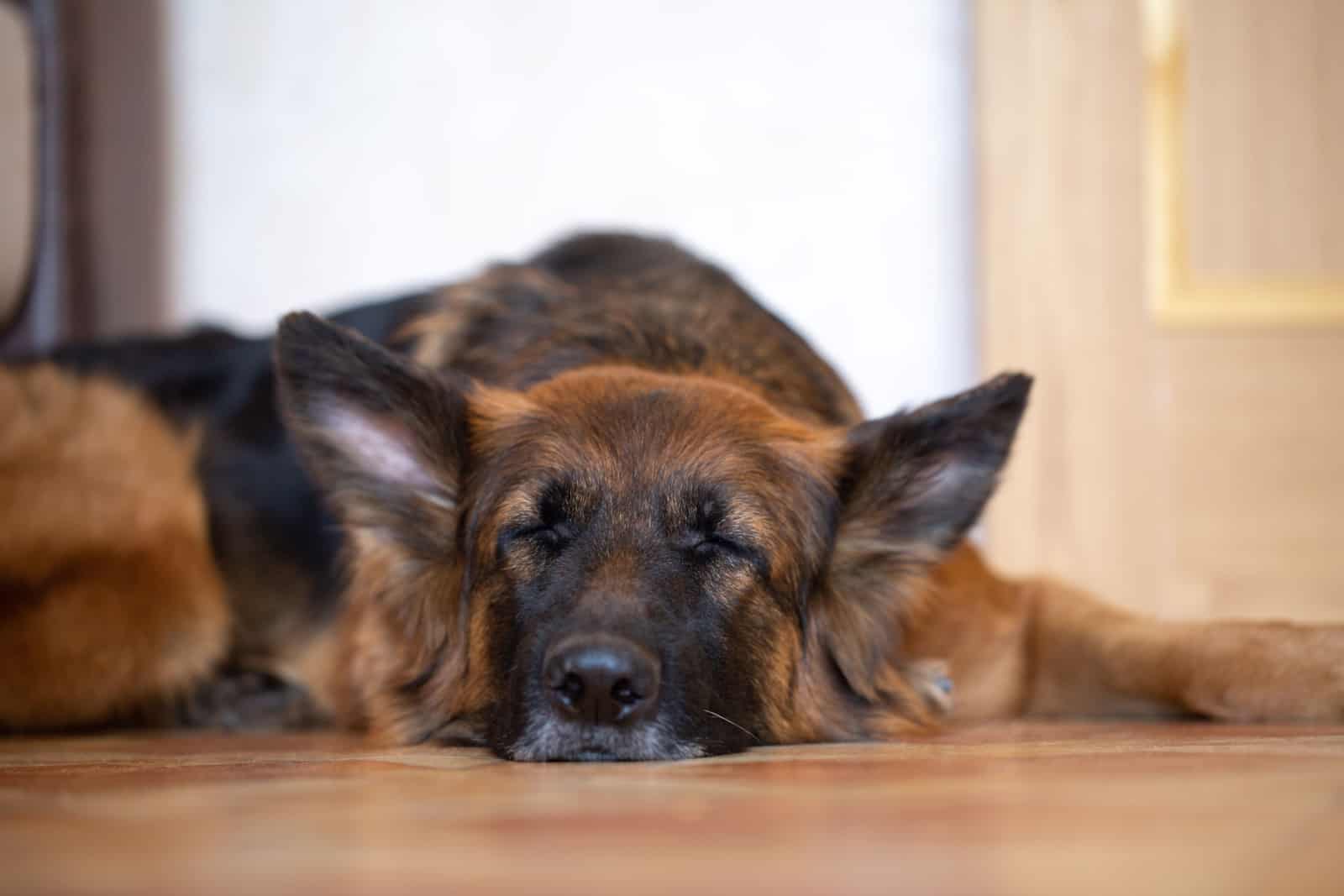
Never wake up a sleeping dog, especially not a dog in the REM stage.
I realize how tempting it is to help your Fido wake up from something you think is a bad dream, but you could do more harm than good by waking him up.
Let your dog process his emotions and experiences. It’s important for his growth.
Let him sleep and regain energy for the next day.
You don’t like being woken up every half hour, so why would you like to wake up your dog?
Sources:|1| G.J. Adams, K.G. Johnson, Sleep-wake cycles and other night-time behaviours of the domestic dog Canis familiaris, 1993, DOI

